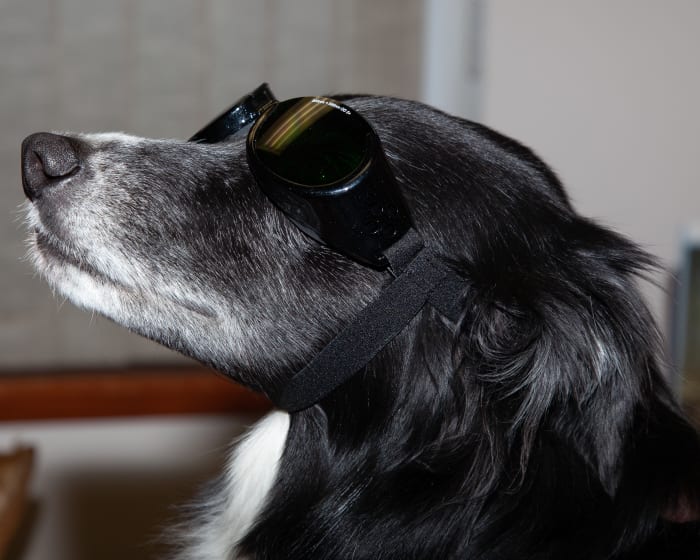Veterinary Ultrasound
At Cranbrook Veterinary Hospital, our veterinarians use ultrasounds to look for abnormalities such as tumours, cysts, or fluid build-up in your pet's internal organs.
Please Note: A veterinarian referral is required for an ultrasound appointment.

What is Veterinary Ultrasound?
Veterinary ultrasound is a diagnostic imaging technique used by veterinarians to visualize the internal structures of your cat or dog's body using high-frequency sound waves. It’s non-invasive, painless, and doesn’t use radiation, making it a safe and widely used tool in animal healthcare.
In addition to searching your pet's internal organs for irregularities, ultrasounds can be used to guide other procedures, such as biopsies or fluid drainage. However, they are often used to check for pregnancies.
Cardiac Ultrasound in East Kootenay
Dr. Denise Lowing can perform cardiac ultrasounds, also known as echocardiograms, to check your pet's heart health.
What is a Cardiac Ultrasound?
A cardiac ultrasound for pets, also known as an echocardiogram, is a non-invasive diagnostic imaging technique that uses sound waves to create detailed pictures of the heart. This allows veterinarians to assess the heart's structure, function, and blood flow, helping to diagnose and manage heart conditions in animals.
Echocardiograms are considered to be painless and are often performed in a quiet, dark room. Your pet will be placed on their side as comfortably as possible. Anesthesia is often not required for this procedure.
FAQs About Veterinary Ultrasound
If you have questions about your pet's upcoming appointment or veterinary ultrasounds in general, take a look at some of the questions we get from our clients.
- Does an ultrasound hurt?
No! Your pet is placed on their back or side, and the probe is passed over their skin to obtain ultrasound images.
- How do I prepare my pet for an ultrasound?
Ultrasounds require a 12-hour fast. This means no breakfast on the morning of the ultrasound.
Fasting is important so that the food in the stomach or intestines do not interfere with the viewing of the other organs.
- What happens after the ultrasound is complete?
The images and videos will be reviewed by our veterinary team and any abnormalities will be documented. Your veterinarian will contact you to discuss the results and treatment plan.
- When can my pet go home after an ultrasound?
In most situations, your pet can go home right away but can be left here for the day depending on the owner’s schedule.
Most comprehensive ultrasounds take one hour to perform and a veterinarian will call you once it is completed.
- When would ultrasound be recommended for my pet?
Ultrasound imaging is used for a wide variety of pet conditions with signs that include:
- Unexplained vomiting or diarrhea
- Abnormal blood work results
- Kidney or liver insufficiency (i.e., failure)
- Digestive tract disorders
- Sudden weight loss or gain
- Inappetence or voracious appetite
- Palpable mass found on physical exam
- Urinary behavior changes (e.g., house-soiling, straining to urinate, bloody or discolored urine)
- Unexplained weakness
- Heart murmurs or arrythmias
- Pregnancy
